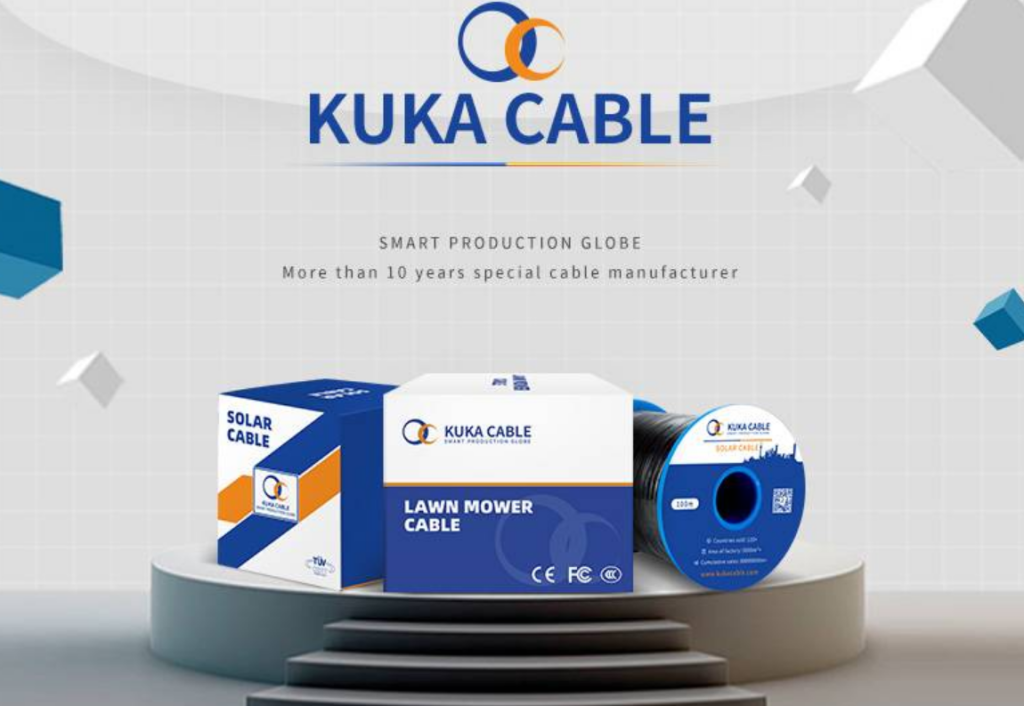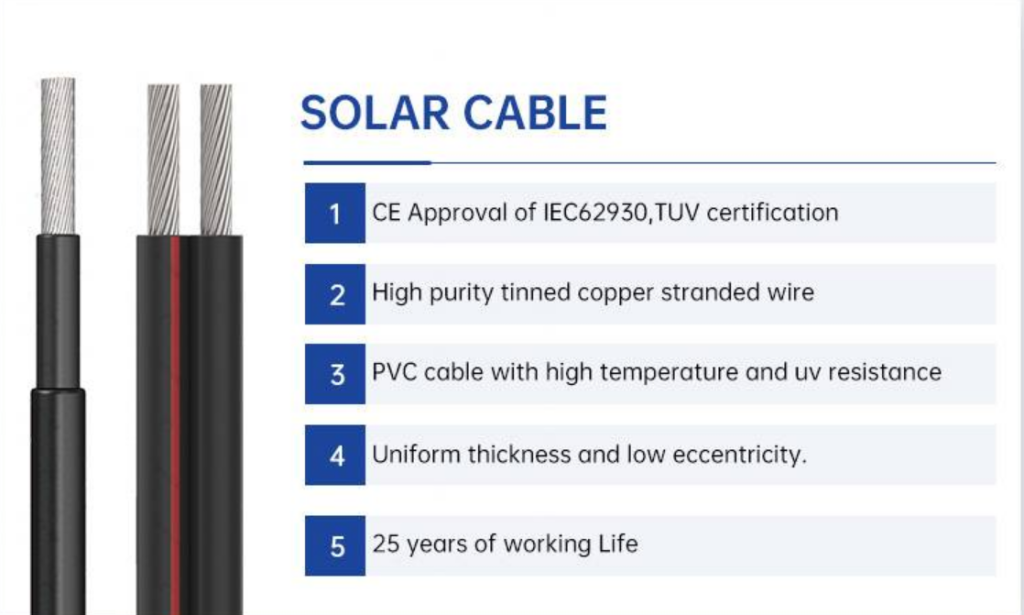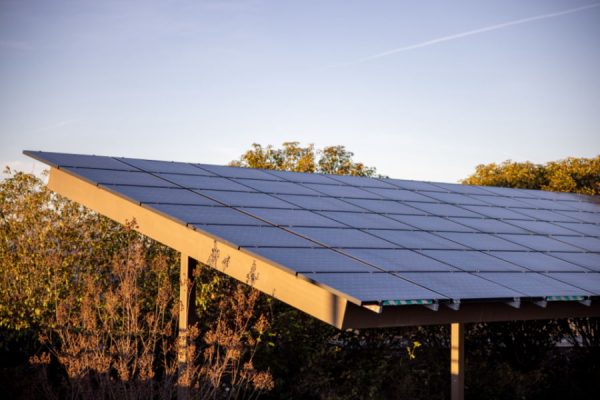Solar energy has been hailed as one of the most promising sources of renewable energy, and with good reason. It’s abundant, clean, and sustainable, offering a way to power our world without depleting natural resources or contributing to climate change. However, harnessing the full potential of solar power requires more than just solar panels; it also requires a reliable and efficient method of transmitting the power they generate. This is where solar cable technology comes into play.

The Importance of Solar Cables
Solar cables are a critical component of any solar energy system. They are responsible for carrying the electricity generated by solar panels from the point of generation to the point of use or storage. Without high-quality solar cables, the efficiency of a solar energy system can be significantly reduced, leading to wasted energy and increased costs.
One of the key challenges in DC solar cable technology is ensuring that the cables can withstand the harsh conditions they are often exposed to. Solar panels are typically installed outdoors, where they are subject to extreme temperatures, UV radiation, and weather conditions. As a result, solar cables must be designed to be resistant to these conditions in order to maintain their integrity and performance over time.
Types of Solar Cables
There are several different types of solar cables available on the market, each designed for specific applications and environments. One of the most common types is the DC solar cable, which is specifically designed for use with direct current (DC) solar systems. DC solar cables are engineered to handle the high voltages and currents generated by solar panels, and they are typically made from materials that are resistant to heat, UV radiation, and chemical degradation.
Another type of solar cable is the AC solar cable, which is designed for use with alternating current (AC) solar systems. AC solar cables are typically used to transmit electricity from the inverter, which converts the DC power generated by the solar panels into AC power, to the point of use or storage. These cables must be able to handle the lower voltages and higher currents associated with AC power, and they are often made from materials that are resistant to heat and mechanical stress.
Advantages of Solar Cable Technology
There are several advantages to using solar cable technology in renewable energy systems. One of the most significant is the increased efficiency that can be achieved by using high-quality solar cables. By reducing energy loss during transmission, solar cables can help to maximize the overall efficiency of a solar energy system.
Another advantage is the durability and longevity of solar cables. By using materials that are resistant to the harsh conditions they are often exposed to, solar cables can last for many years without needing to be replaced. This not only reduces the overall cost of maintaining a solar energy system, but it also helps to reduce waste and the environmental impact associated with cable replacement.

Innovations in Solar Cable Technology
As the demand for renewable energy continues to grow, so too does the need for innovative solar cable technology. One area of innovation is the development of more efficient and durable materials for solar cables. By using advanced materials, such as high-temperature polymers and specialized conductors, solar cables can be made more resistant to heat, UV radiation, and other environmental factors.
Another area of innovation is the development of smart solar cables that incorporate sensors and other monitoring devices. These smart cables can provide real-time data on the performance and condition of the cables, allowing for proactive maintenance and repair. This can help to reduce downtime and improve the overall reliability of solar energy systems.
The Future of Solar Cable Technology
As we look to the future, it’s clear that solar cable technology will play a crucial role in powering the renewable energy systems of tomorrow. With ongoing innovations in materials, design, and monitoring, solar cables are becoming more efficient, durable, and reliable than ever before.
As the world continues to transition towards renewable energy sources, the demand for high-quality solar cables will only increase. By investing in research and development, and by adopting the latest advancements in solar cable technology, we can help to ensure that our renewable energy systems are as efficient and reliable as possible.
In conclusion, solar cable technology is a critical component of the renewable energy landscape. By continuing to innovate and improve upon existing designs, we can help to maximize the efficiency and reliability of solar energy systems, and in doing so, contribute to a cleaner, more sustainable future for all.









Leave a Reply